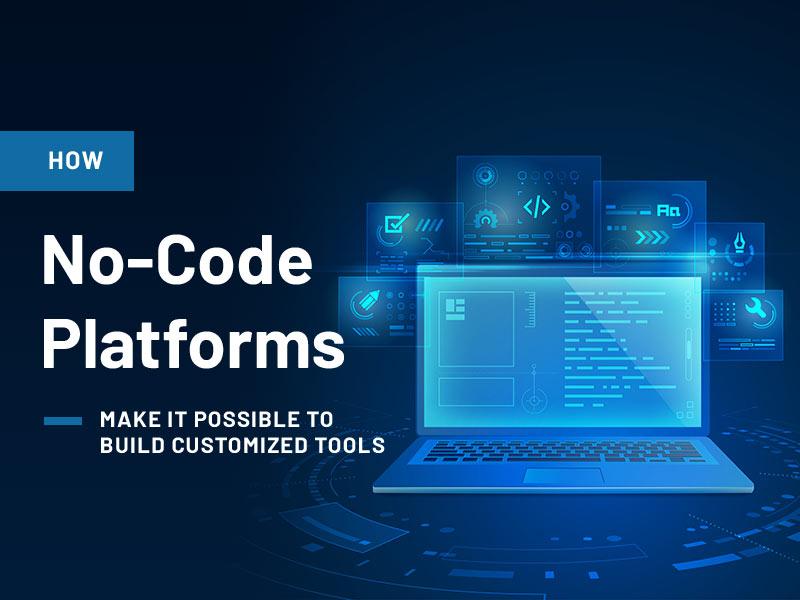Let’s talk web development, shall we? I mean, in this digital age, the internet is like our global playground, right? And smack dab in the middle of this online whirlwind is web development, the magic behind websites and cool web apps.
With a high demand for web design, this field is a great area to venture and many students have already boarded the web development train as shown by the sheer number of students looking to buy university coursework in the field. I’ve got the inside scoop on this whole web development gig, especially if you’re a student. Ready to jump right in?
Why Web Development Matters for Students
Okay, first things first, the internet is everywhere in our lives, right? It’s changed the way we shop, chat with friends, get info, and do business. And guess who’s behind all this digital magic? Yep, it’s the web developers, the folks who build and design this online world.
Now, why should students care about this? Well, because web development is like a golden ticket to a world of opportunities. “In today’s digital age, the demand for talented web developers is sky-high, and guess what? It’s not showing any signs of slowing down. But here’s the exciting part – web development skills are like gold dust in nearly every industry you can think of.
So, you’re pretty much set to go, no matter which field you’re eyeing. Health, online shopping, entertainment, you name it. Plus, you can choose to work for someone else or go solo as a freelancer or entrepreneur.
The Basics of Web Development
Okay, let’s break it down. Imagine a website as a virtual house. There are two main parts: front-end and back-end. Front-end is like the fancy design and interior, the stuff visitors see and use. Back-end? It’s like the engine room, making everything work behind the scenes.
To build these digital houses, developers use three main tools:
- 1. HTML (Hypertext Markup Language): This is like the blueprint. It sets up the structure with headings, paragraphs, pics, and links.
- 2. CSS (Cascading Style Sheets): CSS is the decorator, deciding how the site looks. It’s all about colors, fonts, spacing, and layout.
- 3. JavaScript: This is the dynamic part, adding cool stuff like form checks, animations, and real-time updates.
Learning the Ropes
When you’re diving into web development as a student, you’ve got a boatload of resources at your fingertips. Online courses and tutorials, they’re like the perfect launchpad to get things rolling. So, you can totally kickstart your web dev journey that way.
Places like Codecademy, Coursera, and freeCodeCamp offer courses for all levels. Or if you want hands-on experience, coding boot camps like General Assembly or Le Wagon are intense but super rewarding.
But here’s the secret sauce – practice, practice, practice. Reading about it is one thing, but you have to get your hands dirty with personal projects. Make your own website, build a web app, or join open-source projects. That’s where you really learn the ropes.
Web Development Specialties
Web development isn’t just one thing; it’s like a whole city with different neighborhoods. Students can pick a speciality that matches their interests.
- Front-end Development: If you love design and user-friendly stuff, front-end is your jam. You’ll use HTML, CSS, and JavaScript to create awesome user experiences.
- Back-end Development: If you’re more into the techy stuff behind the scenes, back-end is where you belong. It’s all about databases, server logic, and making sure everything runs smoothly.
- Full-stack Development: Full-stack devs are like the mayors of the city, handling both front-end and back-end. They’ve got a versatile skill set that covers it all.
- UX/UI Design: If you’re all about creating awesome user experiences, this is your gig. It’s like being a digital architect for user-friendly and good-looking web interfaces.
Building a Portfolio
In web development, your portfolio is like your golden ticket. Your portfolio? It’s like your chance to strut your stuff and let potential employers or clients see what you’re made of. You’re basically showing off your skills and shouting, “Check out what I’ve been up to! When it’s all organized and looking sharp, it can be the difference between snagging that job or project and just getting passed over.
So, here’s the deal – your portfolio isn’t just about displaying your projects. It’s not just about what you did; it’s about sharing the tale of how you went about dealing with those tricky challenges. A rock-solid portfolio is akin to a spotlight on your problem-solving chops and your knack for handling real-world hurdles.
Networking and Being Part of the Gang
Web development is a team sport. Sure, you can code in your pyjamas, but connecting with the developer community is awesome. Online places like Stack Overflow and GitHub are treasure troves of knowledge. They’re like your lifeline when you’re stuck on a coding puzzle.
But hey, don’t downplay the magic of in-person connections. Hitting up those local tech meetups and industry conferences? That’s the real deal for mingling with fellow devs and pros. It’s basically a fast-track lesson in all the hot trends and tech buzz in our field.
Challenges and Problem-Solving
In web development, you’re going to face challenges. Bugs that seem impossible to find, browsers that won’t cooperate, and tech that’s always changing. But guess what? These challenges, they’re like your personal growth machine.
When it comes to web development, it’s all about cracking problems wide open. Every hurdle you face, it’s like a little training session for your brain. You start getting the hang of diving deep into problems, fixing things up, and brainstorming these awesome, creative solutions. One way to tackle these challenges effectively would be to consider obtaining a plesk license, after all, tools that can simplify web hosting management, streamline server configurations, and offer comprehensive support, turning complex hosting issues into manageable tasks are a no-brainer. It’s kind of like that secret sauce that transforms you into a real web guru.
Web Development Trends
The world of web development never stands still. It’s always changing with new ideas and trends. Staying up-to-date is the key to staying relevant. Here are a few trends to keep an eye on:
- Progressive Web Apps (PWAs): They’re like a mix of websites and mobile apps, loading fast, working offline, and sending push notifications.
- Serverless Architecture: Forget about server management; focus on coding. This tech takes care of server stuff for you.
- AI and Machine Learning: They’re everywhere, automating tasks, giving personalized user experiences, and boosting web app efficiency.
Conclusion
You know, web development isn’t just some run-of-the-mill skill. It’s like your secret pass to the digital world. It’s your ticket to shaping what happens online, and man, it’s like a whole galaxy of job chances waiting for you out there. Whether you’re all about design, coding, solving tricky problems, or a bit of everything, web development is your thing.
It’s time to get down to business, tackle those challenges head-on, and get ready for one heck of an adventure in the web development world. I have to tell you, there’s no holding back the crazy innovation happening in this field! So, let’s not waste a second, and let’s jump right in, ride this awesome wave together!







